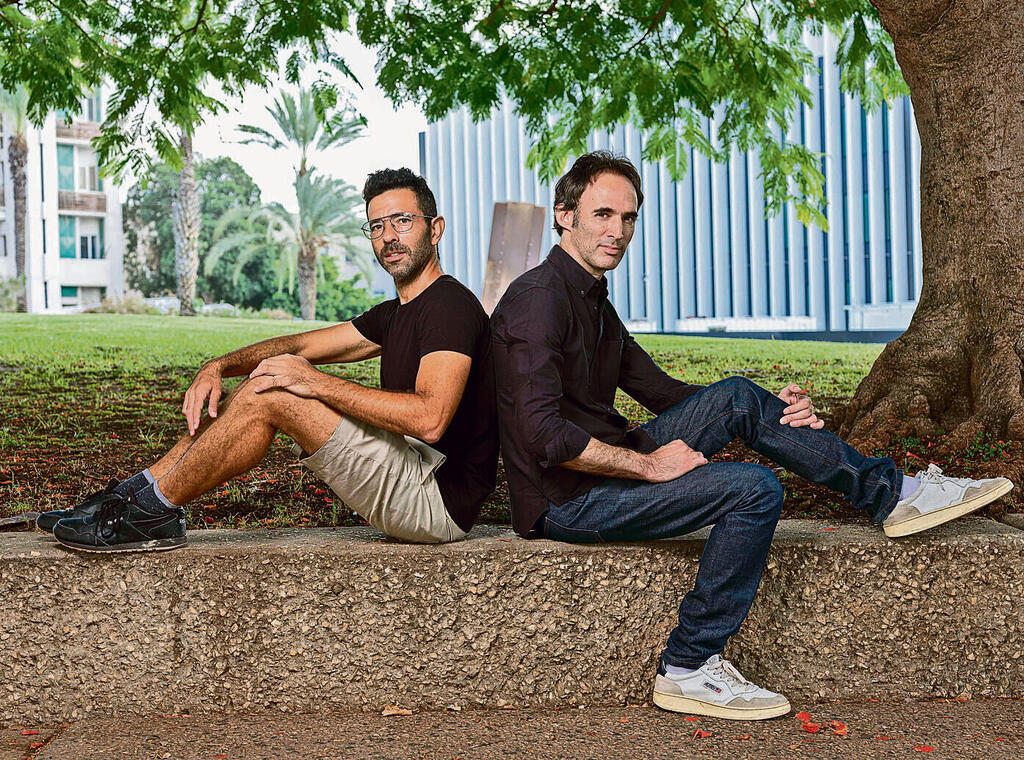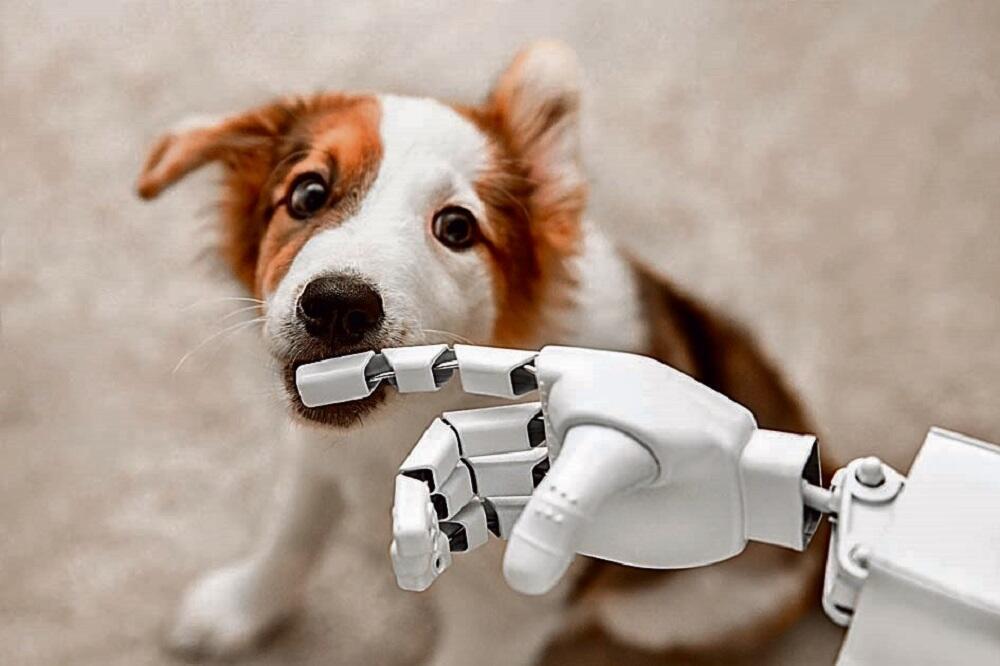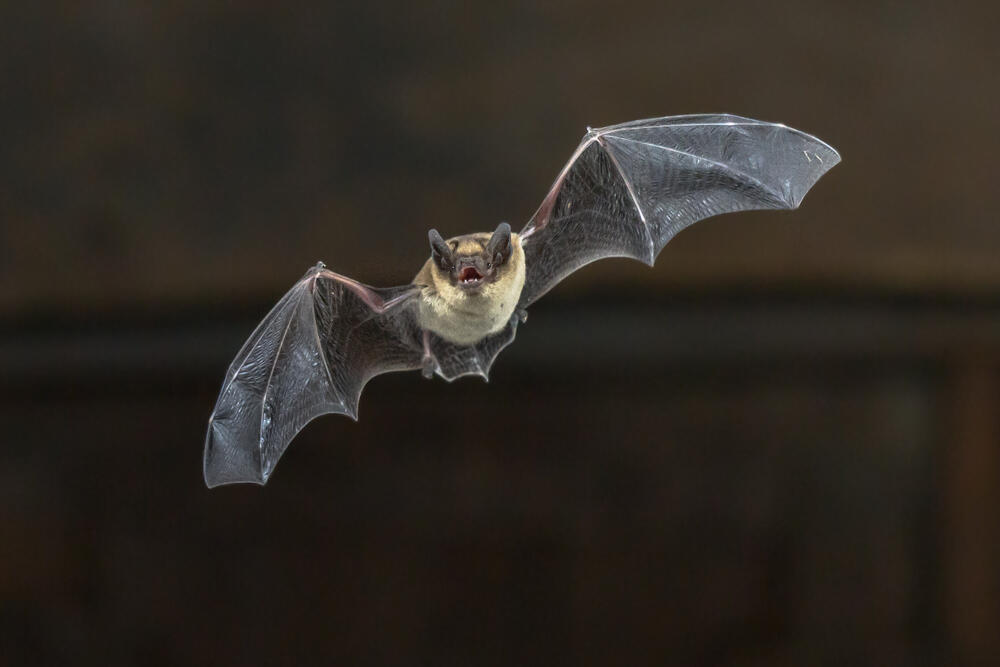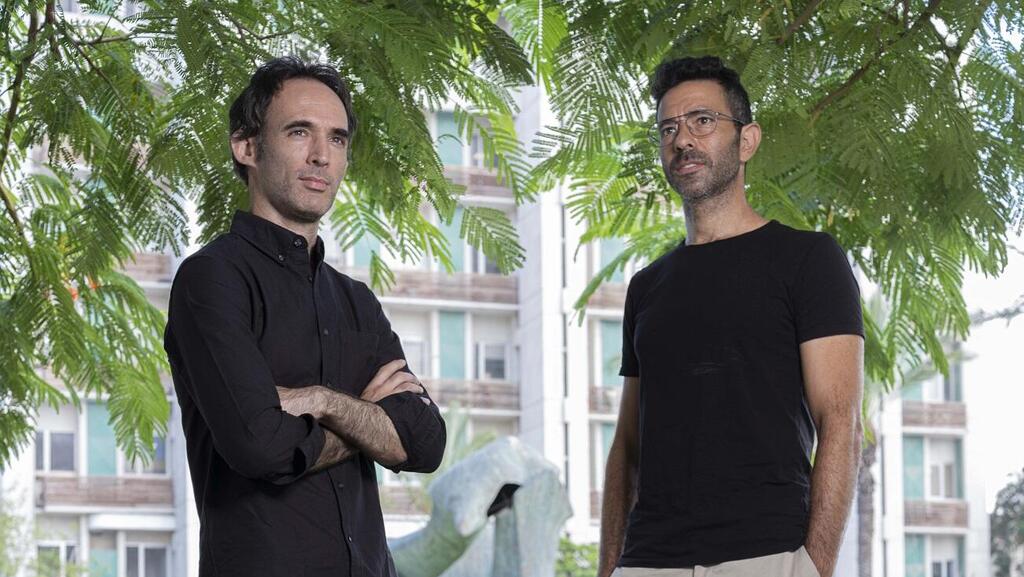A bat researcher and a worm researcher, both experts in animal behavior, have joined forces and written an article that's making waves in the scientific world. Contrary to popular belief, they argue, artificial intelligence will not enable us to communicate with animals. Simply put, animals do not "speak" like we do. In the article published in the prestigious journal Current Biology, they contend that the path to understanding animal language is exceedingly long, fraught with challenges, and may just be impossible.
Read more:
The researchers, Prof. Yossi Yovel, head of the Sagol School of Neuroscience, and Prof. Oded Rechavi from the Department of Neurobiology in the Faculty of Life Sciences, propose the "Dolittle Test" to determine whether we have indeed succeeded in understanding the language of animals. "Communicating with animals is a basic human desire," they write.
"We name the endeavor to communicate with animals the 'Dolittle Test' and identify three main obstacles in reaching this goal." Firstly, AI models can indeed generate examples of animal communication, but lack context. Secondly, there is a need for controlled experiments that measure the animal's response. Additionally, communication among animals focuses on very specific relationships, such as warning or mating calls. "Nevertheless, using AI to decipher animal language is fascinating and important. Therefore, we propose criteria for passing the Dolittle Test and call on scientists to undertake the challenge."
If this test sounds familiar to you, it’s for a reason: it refers to the famous Turing Test, which proposes criteria to determine whether we are conversing with a human or a computer. "In the same way, we ask what criteria need to be met for us to know that we have truly succeeded in talking to an animal, successfully understanding it and it understanding you," say the researchers.
Recently, articles have been published worldwide, from The New York Times and The New Yorker to scientific journals like Science, suggesting the use of large language models to communicate with animals
Before we go over the criteria to pass the test, it's also necessary to understand how a worm researcher and a bat researcher found themselves joining together to write one of the most interesting articles published in the field. Prof. Rechavi researches various fields, but primarily epigenetic inheritance in worms. That is, the inheritance of information not through DNA, but through other molecules passed down which are called RNA. The worms he researches have the simplest possible brain, comprised of only 302 nerve cells, therefore enabling a better understanding of the relationship between genes, neural activity, and behavior.
Prof. Yovel is considered a global expert in the field of bats, and the BBC even crowned him "The Bat Whisperer." He recently published a book titled "Bats - A Journey in the Wake of a Flying Mammal" (Kinneret Publishing), in which he gives us a glimpse into the mysterious world of bats (full disclosure: I'm currently in the middle of the book, and it is an enthralling adventure book that awakens the innate curiosity in everyone).
An artificial intelligence conference at Tel Aviv University brought the two researchers together to write the joint article. "I landed from Africa a few hours before the conference," Prof. Yovel recounted, "and they asked me if I wanted to speak. I asked myself what I could possibly say about ChatGPT. I stated that there are many limitations. The idea that 'here we are, going to talk to animals,' if being pessimistic, is not realistic. And if being optimistic, it depends on how we define 'to talk.'
“Oded, whom I know well, texted me: 'Say, if I signal a pheromone scent to a worm and it reacts, am I talking to it, aren't I?' I said, 'Listen, it's borderline. It's communicating in one specific context.' We wanted to sharpen the point and understand what is possible and what is not, and why."
The next step was to define the Dolittle Test, intended to determine if artificial intelligence can communicate with animals. "We propose several baseline conditions that anyone claiming to have communicated with animals needs to meet. The key among them is that the animal should respond to implied messages through its form of communication as needed – and in several different contexts," explains Prof. Yovel.
"It's not enough to simply scare a bat and observe it fleeing. Moreover, just as in the Turing Test where the examinee is supposed to be unaware if they are communicating with a human or a machine, the animal should not know if it's communicating with a human or another creature."
"There are fundamental limitations to what we can learn about the experiences of other humans compared to animals," says Rechavi, "and differences in the complexity of our language compared to animal communication.
“We are not negating this possibility and stating that it's impossible to talk with animals, but rather raising some very basic problems. Hopefully, someone will succeed in solving these problems, so we can understand how animals think and peer into worlds different from our own."
Humans have made some progress regarding understanding the language of animals. For example, we've managed to understand the meaning behind the bee dance, which tells other bees where to find food.
"This is an example of deciphered communication, but there's evidence that bees perceive additional things besides the dance. However, the dance only allows us to talk with the bee about a specific context: where to go. We cannot ask the bee how it feels," says the researcher.
To date, numerous researchers have attempted to crack the language of animals. Scientists have managed to communicate with great apes using sign language, we are able to identify warning calls of monkeys, we've taught dogs to identify objects by name, and researchers have even deciphered the fact that dolphins have unique sounds for each other.
"Dolphins whistle, and it's social communication," explains Prof. Yovel. "We know that the whistles likely express the name of the opposite dolphin. Like, Yossi is here. But suppose they have another whistle that says 'come' or 'food'. What can you say to a dolphin? Yossi, come. There's food. That's called talking to a dolphin. But if you want to say 'Humans are destroying the Earth, did you see what they did in the Gulf of Mexico?' That won't happen."
"We are working on deciphering animal communication. Everyone is working on it. Speaking in animal language is another matter. We are discovering through AI things that we couldn't do before, and undoubtedly, it advances the research. But talking to animals as people fantasize - it won't happen. Why? There is no problem taking an animal's vocal information and inputting it into a machine, and generating new sounds. We did it with bats. We produced a bat sound in the lab that no bat has ever made. But the question is whether the AI understands what it created, or if it's just a sequence of notes.
“Moreover, you need to measure the animal’s response, and in many cases, it’s very difficult. Suppose you think one meow of a cat means 'no' and the second one is 'come'. So, you need to generate such meows and see if the cat responds, whether it comes and goes. And most animals do not respond as you might expect. And that is not surprising."
"You can take many bat sounds, feed them into a large language model, and create a new bat sound that has never been recorded, and we've even done that," Professor Yuval continues. "But what does this new sound I created say? Does it say 'hello' or 'go away'? And it might not say anything; it might be gibberish. To understand what it says, you need to design an experiment and check the animal's response, but even if the bat responds, moves an ear, did it move an ear because it recognized a sound or because it recognized a 'hello'? We don’t know. We can scan its brain while playing this sound – but even if we detect brain activity, we still won’t know if and what the bat understood from the sound we created."
The researchers from Tel Aviv University emphasize that they hope they are wrong, and that large language models will indeed allow us to peer deeper than they think into the world of animals, even to conduct a regular conversation with them. For that exact purpose, they created the Dolittle test, which also excited donors, including businessman Jeremy Koller, proposing a competition among teams of scientists seeking to meet the challenge. The winning team will receive a $100,000 research grant.







